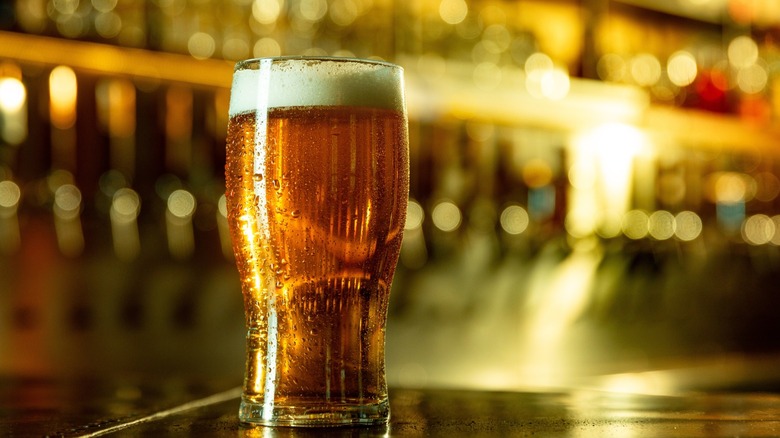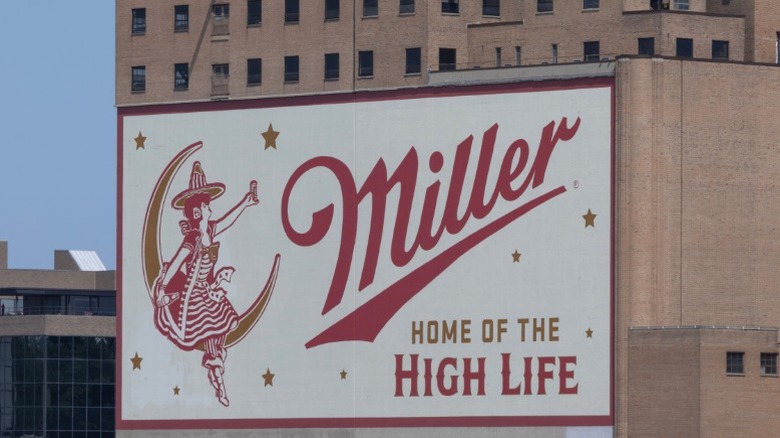The Western State That Produces The Most Beer Isn't California
California is a cultural and economic powerhouse for a number of different reasons — Hollywood and Silicon Valley, just to name two — but one of the biggest reasons involves the state's agricultural prowess. From the iconic vineyards of Napa Valley to California's countless dairy farms and creameries (one of which is responsible for Kirkland's vanilla ice cream), it's almost more remarkable when the Golden State doesn't lead the nation in some food-related category. For instance: the state that makes the most beer lies in the West, but it isn't California (and it's certainly not Utah, which drinks the least alcohol of any state) — it's Colorado.
Many of you might associate Colorado with a certain other recreational substance, but the Centennial State is assuredly no slouch when it comes to beer. It's the home of Coors, after all, and the state has a long and proud tradition of brewing that dates back to the Gold Rush. It helps that, unlike in other states, breweries in Colorado are allowed to sell their beer directly to consumers instead of using supermarkets and liquor stores as middlemen. Colorado produced 14.2 million barrels of beer in 2024, well above California's 10.2 million. The next biggest beer-producing states are Ohio, Texas, and Virginia, with California rounding out the top five.
What the heck happened to Wisconsin?
Some of you may notice a certain state absent from the top five beer producing states of America. Historically speaking, Wisconsin has long been the beer capital of America. It's home to the Miller Brewing Company, which is now owned by Molson Coors, as well as onetime brewing titan Schlitz (now owned by Pabst). And the good people of the Badger State clearly still relish drinking the stuff, ranking among the top five beer consumers. And yet, Wisconsin ranks just seventh in beer production, selling 7.7 million barrels in 2024. Sure, it's doing much better than West Virginia, which produced a mere 11 thousand barrels of beer in 2023, but it's still a curious result. What happened?
Well, part of it has to do with general trends. People just don't drink as much beer as they used to, with some preferring more sophisticated cocktails (although Wisconsin, with its Old Fashioned, is no slouch in that regard) and others preferring drinks with a bit of THC in them. Add to that a major contraction following the craft beer boom and the economic fallout of Donald Trump's tariffs (resulting in Canada recommending a boycott of American goods, including beer), and you see the problem. These problems aren't exclusive to Wisconsin, but historically speaking, Wisconsin had the furthest to fall. Still, their loss is Colorado's gain, right?

